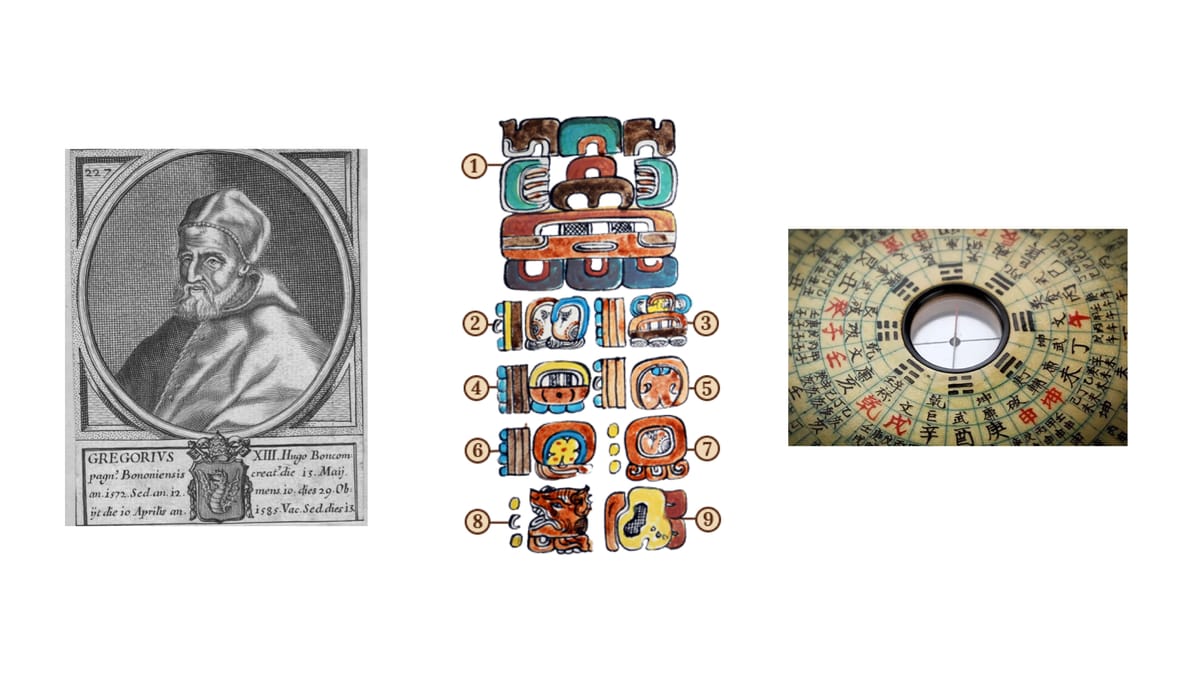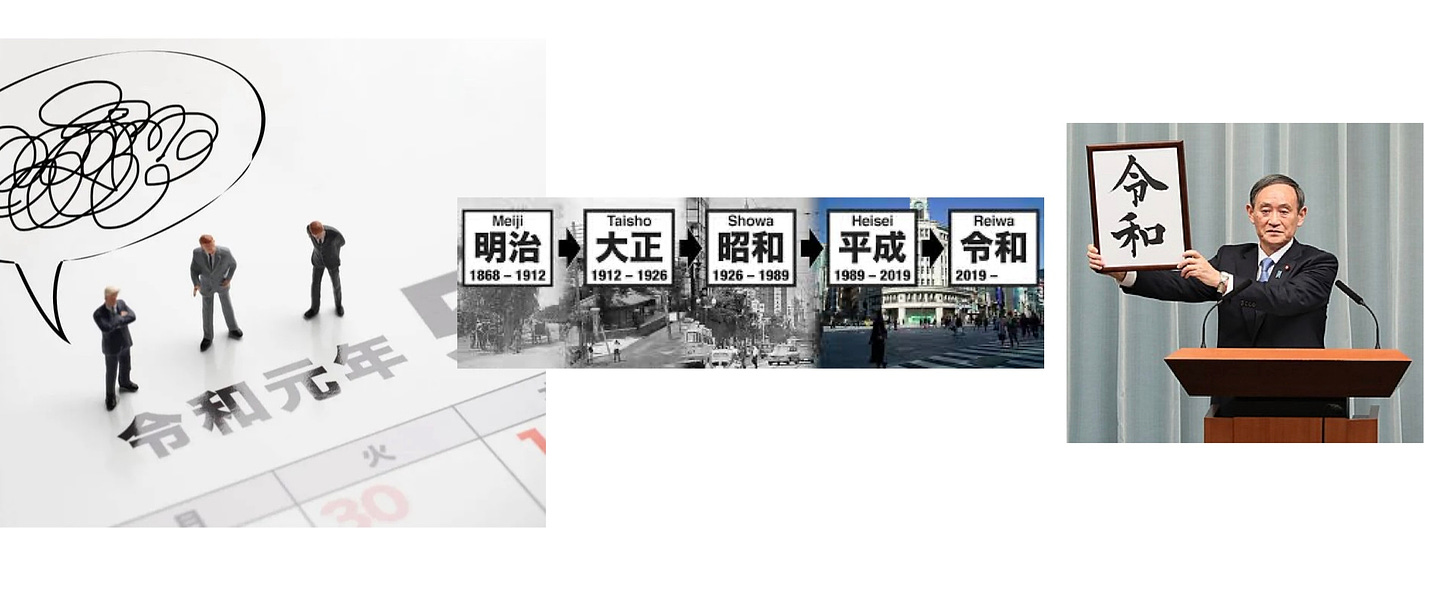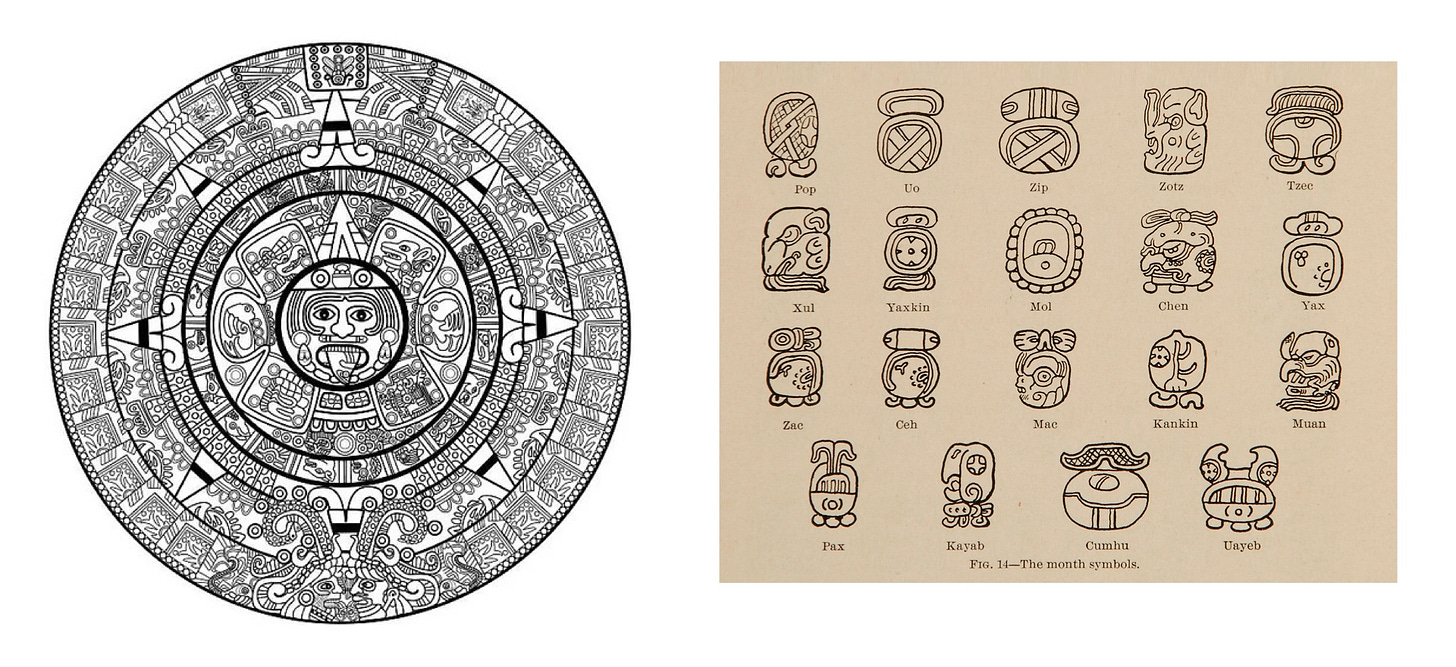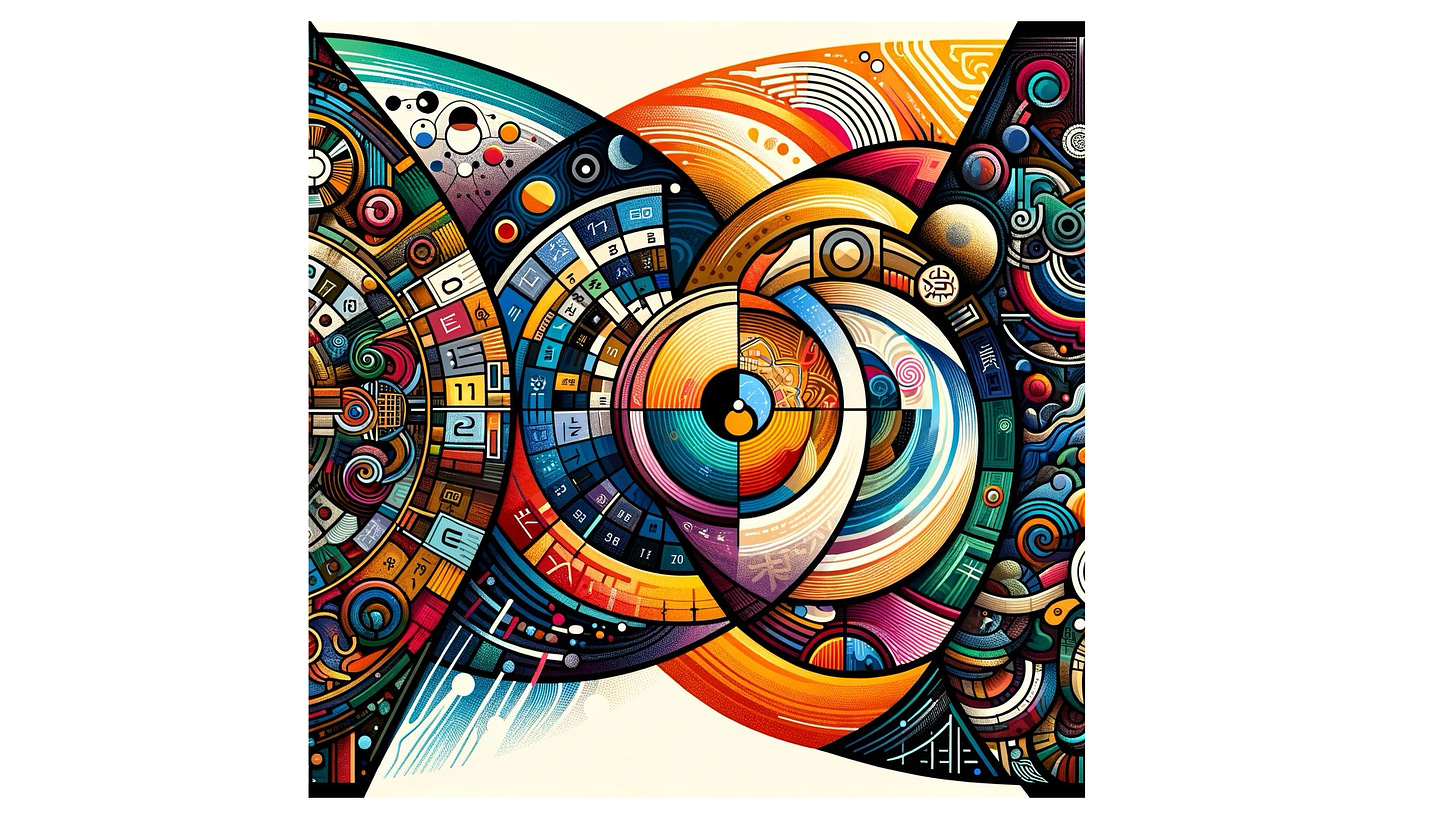Notes: The Year 4722
Mental Jet Lag: The Lessons from Concurrent Time Recording Systems

The other day I was in Chinatown immersed in the vibrant celebrations for the upcoming Chinese Lunar New Year.
Dragon floats, carried by lion dancing troupes, weaved through the streets, a sense of collective joy filled the air, marking a departure from the COVID pandemic's shadow and energizing the crowd for the upcoming Year of the Dragon.
A question arose in my mind: So what year is it actually?
"2024?” I questioned.
In the Gregorian calendar, it is indeed 2024. Yet, in the Chinese Zodiac, the upcoming Lunar New Year, starting on February 10, 2024, ushers in the Year of the Dragon, the fifth animal in the 12-year Chinese zodiac cycle. Intriguingly, Honolulu launches this festival a week early, an interesting deviation from the Gregorian calendar.
In the Chinese calendar, we stand in the year 4722, a count that traces back to the mythical Yellow Emperor's inauguration in 2698 BCE. This divergence in year numbering mirrors the the deep-rooted cultural perspectives embedded in our calendar systems.
4722? Umm?
Let’s jump to a different calendar system for a second for further alteration in time keeping to see how time is just cultural perspective.

Japan's Nengō System
The Japanese calendar, known as "Nengō," (年号) is a unique system that marks time based on imperial eras. Each era begins with the ascension of a new emperor and is given a distinctive name composed of two kanji characters.
The years within an era are counted starting from the emperor's accession, with the first year termed "gannen." For example, the Reiwa era began when Emperor Naruhito ascended the throne on May 1, 2019. So, the year 2019 is known as Reiwa 1 (令和元年, Reiwa gannen, "the first year of Reiwa").
From the Meiji Period and throughout WWII, Japan refused to use the Gregorian calendar. Rather, they used imperial year system, or kouki. The first year of the kouki system is 660 A.D. with the coronation of Japan’s mythical first emperor, Emperor Jinmu.
In contemporary Japan however the imperial calendar is simultaneously used alongside the Gregorian calendar, particularly in official and formal contexts. This system, rooted in centuries of tradition, reflects the deep cultural significance of the imperial lineage in Japan but also reflecting a harmonious blend of tradition and modernity post occupation.
So to mark the time then:
Gregorian: February 10th, 2024
Chinese: Lunar New Year, Year 4722
Japanese: 2月、10日、令和 6 (Reiwa 6)
The Mayan Calendar: A Journey Back in Time

Lets add some more complexity in time keeping systems and look back at the Mayan calendar system for another reference and perspective.
The Mayan calendar is very complex, consisting of several cycles of different lengths. The most well-known is the Long Count calendar, which is a count of days since a base date, correlated to August 11, 3114 BCE in the Gregorian calendar.
The Mayan calendar system also marks the Tzolk'in, or the 260-day cycle made up of 20 day names and 13 day numbers, and the Haab', a 365-day solar calendar consisting of 18 months of 20 days each, plus a short month of 5 days.
The Maya calendar, recording cycles based on celestial movements, offers a unique perspective on time. For instance, the complete Maya Long Count cycle spans 5,125 years. Each date within this system, such as the widely discussed December 21, 2012 (The “end” of the Mayan time system”), is unique and follows a format combining baktun, katun, tun, uinal, and k’in units.
Any date in the Gregorian calendar can then be converted into a corresponding one in the Maya calendar system. A particular day, month, and year can be expressed as a Long Count date using baktun, katun, tun, uinal, and k’in units of time together with a Haab and a Tzolk’in calendar dates.
Accordingly, then Chinese Lunar New Year in 2024 (Gregorian) corresponds to 13.0.11.5.8 | 3 Lamat | 8 k'in | 11 tun | 8 k'in | 16 Pax | G9 in the Mayan calendar.
Back to our chart then:
Gregorian: February, 10th, Year 2024
Chinese: Lunar New Year Day, Year 4722
Japanese: 2月、10日、令和 ・Reiwa 6,
Mayan: 13.0.11.5.8 | 3 Lamat | 8 k'in | 11 tun | 8 k'in | 16 Pax | G9
While today Gregorian calendar stands as today's international standard, it's crucial to recognize its roots in colonial and imperial history. Introduced by Pope Gregory XIII in 1582, it refined the Julian calendar to better align with equinoxes and solstices, particularly the vernal equinox crucial for determining Easter.
While today, the Gregorian calendar serves as the de facto international standard for civil use. It is important to recognize its roots in a legacy of colonial might, imperial history and chance. Introduced by Pope Gregory XIII in 1582, it refined the Julian calendar used since 45 BC to better align with equinoxes and solstices, particularly the vernal equinox crucial for determining Easter.

Embracing a looser mindset via acceptance of Parallel Time Systems
Highlighting these diverse timekeeping systems is more than an academic exercise. Recognizing these varying systems is an eye-opener to a shared yet varied reality, challenging the notion that one's own culture or say calendar is inherently superior.
By exploring these calendars, we step beyond indoctrination, embracing a flexibility that enriches our perspective. This approach is essential not just in timekeeping but in all facets of information and culture.
People often ask why does the start of the Lunar Year change? Well it’s not that the Lunar New Year starts on a different day, it always starts on the New Year Day, but in reference to other calendar systems like the Gregorian or the Mayan it changes.
Loosening the narrowness of a local mindset, the coexistence of different timekeeping systems helps to break one free from ingrained biases and indoctrinations.
Most will argue that one’s own calendar or dare say culture is superior. But this tendency to view one's own culture, nation, or city as superior, is flawed. It’s important of being flexible to change and willing to challenge one's beliefs.
Extending this to all media, all news, all information, one can hopefully develop a mindset that enables a more comprehensive grasp of diverse cultural practices and perspectives. This strengths understanding of local systems as well as learning from others. Understanding time then becomes a system for understanding life.
The sun rises and sets. That much we agree on.
But what day it is, what year, depends on where you stand, on the stories you believe.
Time, like the dragon then, is a creature of many scales. It shimmers differently in different lights.
Gregorian: February, 10th, Year 2024
Chinese: Lunar New Year Day, Year 4722
Japanese: 2月、10日、令和 ・Reiwa 6
Mayan: 13.0.11.5.8 | 3 Lamat | 8 k'in | 11 tun | 8 k'in | 16 Pax | G9
In Chinatown, the dragon dances, and for a moment, time stands still.
The year is 4722
Sources
Chinese New Year Information https://en.wikipedia.org/wiki/Chinese_New_Year
Maya Calender Converter: https://maya.nmai.si.edu/calendar/maya-calendar-converter